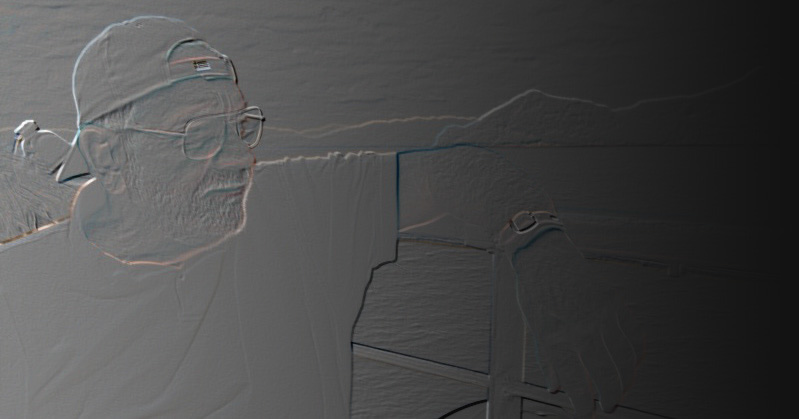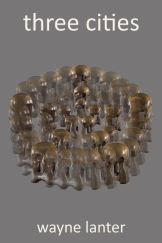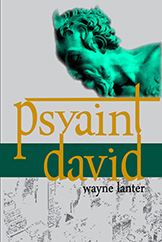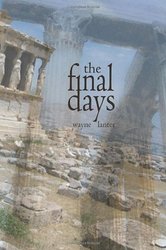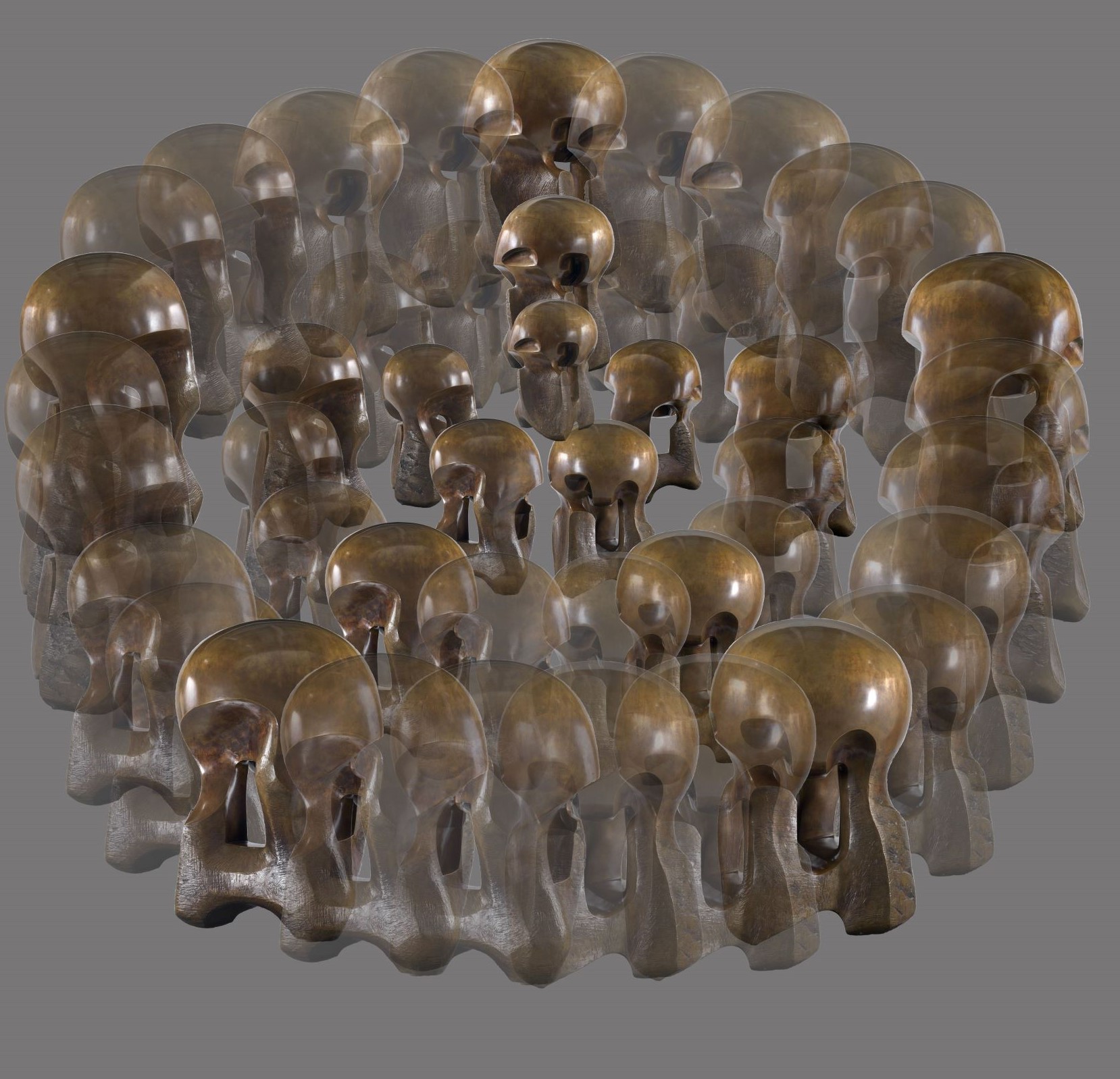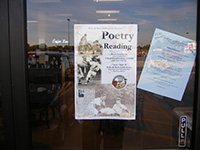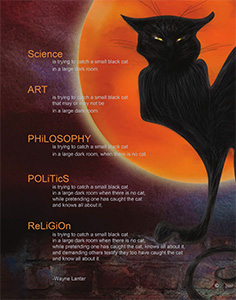Fiction
Set against the backdrop of the Vietnam War and the Civil Rights movement of the mid-nineteen sixties, Three Cities chronicles the journey of twenty-three-year-old law student John Carter who one fall semester abandons the Catholic Church, drops out of law school, and leaves his job as an attendant in a detention center for juvenile males who have run afoul of the law. Plagued by the possibility of re-activation by the Marine Corps, questions of what justice and character might be, what they might require of him in twentieth century America, and shadowed by the anomalies of memory, identity and consciousness, on a five-year plan to reassemble his life, he moves through three cities, St. Louis, Chicago and Iowa City, with a host of fringe and a few not so fringe historical, scientific, and literary characters.
Now available in paperback and ebook three cities
During the spring/summer of 1977 (January 31 – August 10) New York City, The Big Apple, The City of the Gods of high finance and entertainment, is near bankruptcy. Thousands of city workers, including police, firemen, garbage collectors, and teachers are dismissed. The budgets for The City’s clinics and hospitals are savaged and mental health institutions reduced to mere shadows of their former selves. As a result, thousands of the mentally disabled or incompetent (deemed of no harm to themselves or others) are furloughed to the streets to live “through one winter but not another.” Additionally, the tenements are awash with a syndemic of tuberculosis and HIV. Throughout The City (305 sq mi) crime is endemic. Burglary, petty theft, and robbery become a way of life for many of the 7,318,606 residents. In 365 days The City records 1,557 homicides, or 4.26575 for each day of the year. To add to the attractions of the Summer, Son of Sam is loose in the precincts, insinuating his name of fame on to the marque. As usual, the Mob operates as usual. A long standing urban (NYC) belief intimates that if enough evil surfaces in any one locale, it may coalesce in a personification of malevolence, possibly Satan, Abaddon, Beelzebub, Lucifer, etc. The myth alleges that when an abundance of evil is present Al-Shayton (the Devil) will actually materialize to walk the streets, ride the buses and elevators, to hawk his wares of pleasure and pain. The narrative of Psyaint David is a small but salient part of the story of The City of the Gods during the summer of 1977, when Satan (Sam) shows up to direct the forces of mayhem, cast Son of Sam in the Kojak show, and bring the Mob and the NYPD together under a single mandate. Psyaint David is a saga of greed, sex and violence, as American as apple pie, a selective, but reliable, narrative of six months of fun and mayhem in The City of the Gods.
Kindle and Paperback from Amazon: Psyaint David
The story of philosophy Professor John Carter, who near the end of one fall semester becomes romantically entangled with a female student. At the time the University is undergoing changes and faculty positions are threatened. In the ensuing weeks Carter's office-mate dies mysteriously and Carter is dragged through a particularly vicious dismissal. And although Carter is victimized for his indiscretions by the University administrators who want to turn the University into a profitable business, in the end Carter proves to be one of literature's most American professors. He is no screwed up Easterner with Old World baggage. He watches football games, owns a handgun, and eats fast food, as he rambles through a story clearly and profoundly put forth in an academic setting, where American culture ought to be exempt from assaults on Virtue, Quality, Integrity, and where the macdonaldization of society hurts most.
Kindle and Paperback from Amazon: The Final Days
